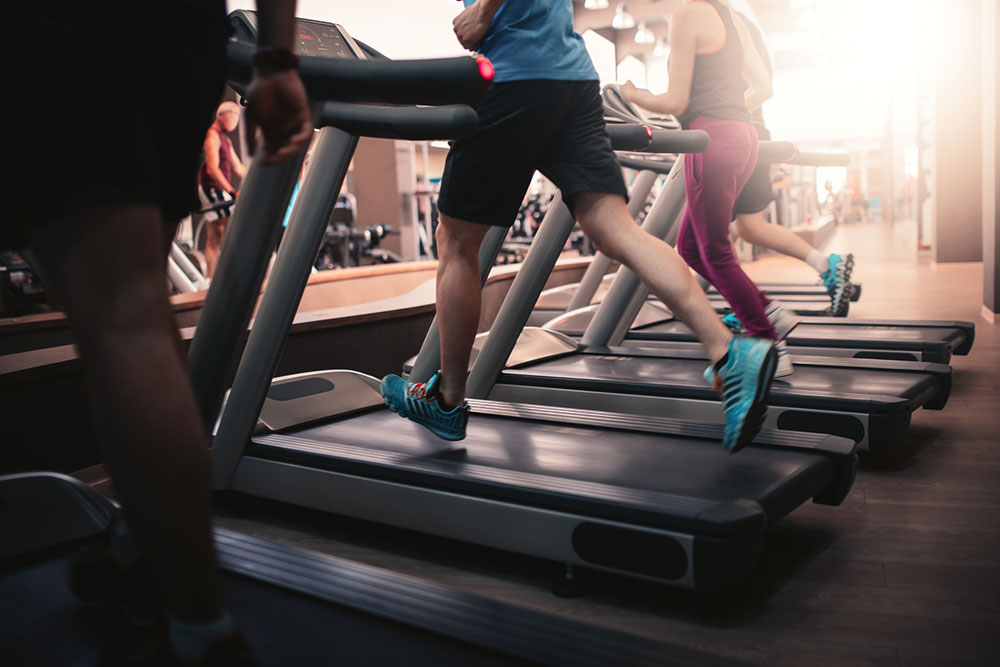Originally posted by the Alberta College and Association of Chiropractors
A large part of chiropractic is helping patients find patterns in their lifestyles that may be contributing to their pain. Your chiropractor can also help identify ways to adapt some of your current habits or routines to place less stress on your joints.
One possible way we are putting unneeded stress on our bodies is through the way we exercise. Changing from a very high impact exercise routine to a lower impact one can go a long way in helping your body feel energized and pain free.
What is the difference between low impact exercise and high impact exercise?
A workout is low impact if at least one of your feet remains in contact with the ground at all times. Walking, hiking, rollerblading and most step aerobics and cardio dance workouts are low impact. Water aerobics, swimming, cycling and using an elliptical machine, put even less stress on your joints than the previous mentioned low impact exercises because both feet stay on the ground at all times and your body is supported during movement.
A workout is considered high impact if both feet leave the ground at the same time. Some high impact workouts include: running, jumping rope, skipping, jumping jacks and plyometric based workouts.
How might a low Impact exercise help with joint pain?
A low impact exercise routine is less jarring on the body and joints, and less intense overall. With a high impact routine your body and joints must absorb the impact of your high impact movement. Think about when you are running. Every time your foot hits the ground it sends a shock to your corresponding joints. If your joints aren’t prepared to handle the stress, it could mean pain for any interconnected joint in your body.
How do I know if I should switch to a low impact routine?
Low impact exercises are best for beginners, people with arthritis or osteoporosis, older adults, pregnant women and those affected with bone, joint and connective tissue injuries.
If you are currently engaging in a high impact exercise routine and aren’t experiencing any associated pain, great. Those who have a baseline of fitness and are not at risk for joint problems are able to handle the stress that comes with high impact exercise. It’s also a good idea though to also mix in some low impact activities as all that high impact activity could add up over time and eventually cause an over-use injury.
What can I do if I’ve already injured myself exercising?
Seeing a chiropractor is a great place to start. Chiropractors are experts in the diagnosis and treatment of conditions of the musculoskeletal system (the body’s bones, muscles, cartilage, tendons, joints and connective tissue).
Visits to your chiropractor can identify potential dysfunction that may be occurring to ensure your bones, muscles, joints and nerves are working together properly, which reduces stress placed on ligaments. Your chiropractor can tell you what type of exercise best suits you before you embark on a new exercise regimen.
They can also help work with you to identify areas of weakness to work on and activities you should avoid, to keep yourself strong and healthy.
For more blogs and information like this, follow us on Twitter or like us on Facebook.

